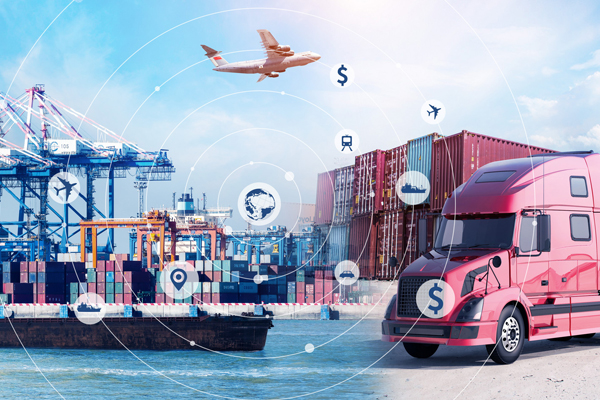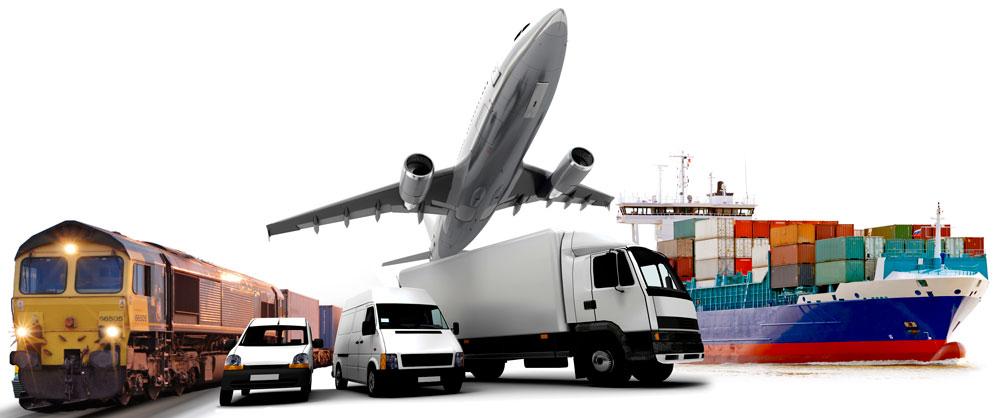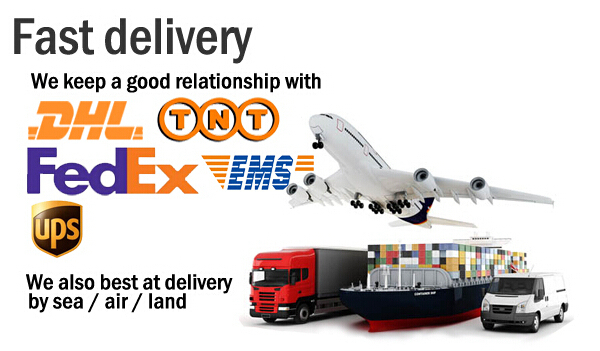摘要:本文全面分析了跨境交通运输。文章探讨了跨境交通的各个方面,包括运输方式、基础设施建设、政策规定、经济影响等。通过深入研究,文章旨在更好地理解跨境运输的复杂性,并寻找改进和优化运输系统的策略。这将有助于促进区域间的经济交流和合作,提高运输效率和便利性,同时考虑环境保护和可持续发展因素。
In the contemporary globalized world, cross-border transportation has become an integral aspect of international trade and logistics. It involves the movement of goods and people across national borders, connecting different regions and markets, thereby facilitating global supply chains. This article provides a comprehensive analysis of cross-border transportation, exploring its importance, challenges, and future prospects.
Importance of Cross-border Transportation
Cross-border transportation is crucial for the smooth functioning of international trade. It enables the movement of goods and services between nations, thereby promoting economic growth and development. Moreover, it helps in establishing trade relationships, expanding market reach, and enhancing global competitiveness. Cross-border transportation also facilitates the movement of people, which is essential for cultural exchanges, tourism, and international collaborations.
Challenges in Cross-border Transportation
Despite its importance, cross-border transportation faces several challenges. One of the major challenges is the complexity of international regulations and customs procedures. Different nations have different rules and regulations, which often lead to delays and increased costs. Another challenge is the infrastructure gap. Cross-border transportation requires a well-developed infrastructure, including roads, railways, and ports, to ensure efficient and smooth movement of goods and people. However, inadequate infrastructure in some regions limits the effectiveness of cross-border transportation.
Additionally, cross-border transportation is affected by political instability and conflicts in some regions. These factors create uncertainties and risks, which can disrupt the smooth functioning of cross-border transportation. Other challenges include limited intermodal options, lack of standardized procedures, and limited use of technology in cross-border transportation management.
Solutions to Address Challenges
To address these challenges, it is essential to take several measures. Firstly, governments should work together to harmonize regulations and customs procedures, thereby reducing delays and costs. They should also invest in infrastructure development to ensure efficient cross-border transportation. Secondly, intermodal transportation systems should be developed to provide multiple transportation options. This will help in reducing dependence on a single mode of transportation and provide flexibility in routing and scheduling.
Moreover, technology can play a significant role in addressing challenges in cross-border transportation. The use of advanced technologies, such as artificial intelligence, big data analytics, and the Internet of Things, can improve the efficiency and effectiveness of cross-border transportation. These technologies can help in optimizing routes, reducing delays, improving cargo handling efficiency, and enhancing safety.
Furthermore, cooperation between private and public entities is crucial for the success of cross-border transportation. Private companies can provide necessary infrastructure and services, while governments can provide regulatory support and facilitate smooth functioning. Collaboration between different entities can help in achieving common goals and enhancing efficiency in cross-border transportation.
Future Prospects of Cross-border Transportation
The future of cross-border transportation is promising. With the increasing globalization and integration of markets, the demand for efficient cross-border transportation is increasing. Moreover, technological advancements are providing new opportunities to improve efficiency and reduce costs. The use of digital technologies, such as smart logistics and autonomous vehicles, can revolutionize cross-border transportation.
Additionally, sustainability is becoming a key focus in cross-border transportation. Governments and private entities are investing in eco-friendly solutions to reduce carbon emissions and improve environmental sustainability. This includes the use of renewable energy sources, adoption of green technologies, and promoting sustainable modes of transportation.
In conclusion, cross-border transportation is an essential component of global trade and logistics. It connects different regions and markets, thereby facilitating global supply chains. However, it faces several challenges, which need to be addressed through collaboration, harmonization of regulations, infrastructure development, and technological advancements. The future prospects of cross-border transportation are promising, with new opportunities emerging due to technological advancements and sustainability focus.



